Optimal Timing for Foundation Repairs
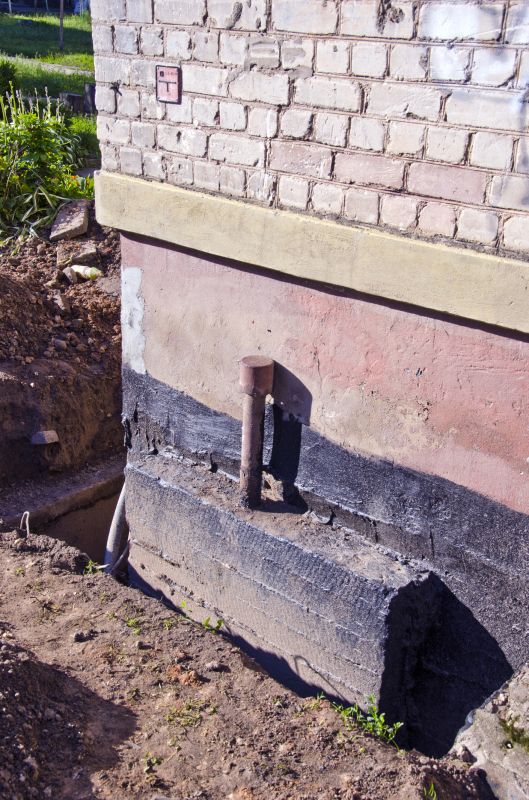
Spring offers moderate temperatures and stable ground conditions, making it suitable for repairs.
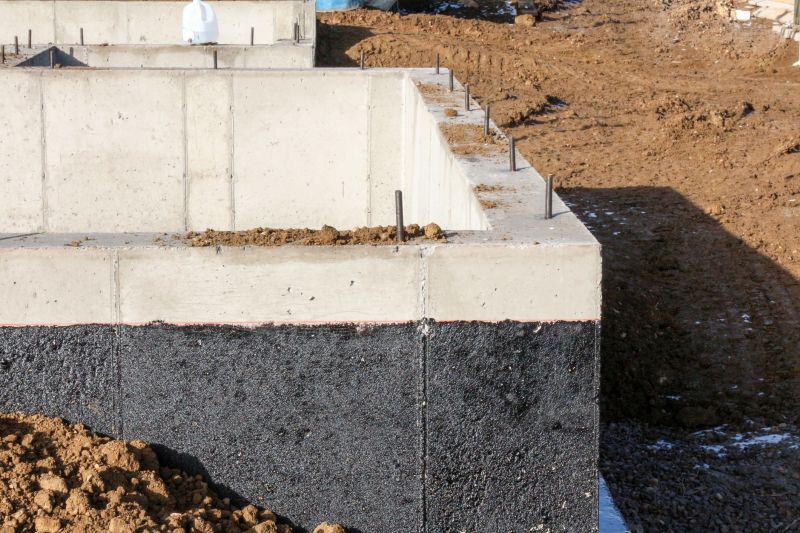
Summer's dry weather reduces delays caused by rain, enabling quicker project completion.
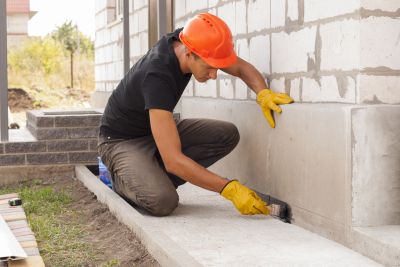
Fall provides cooler temperatures and less humidity, ideal for certain repair methods.
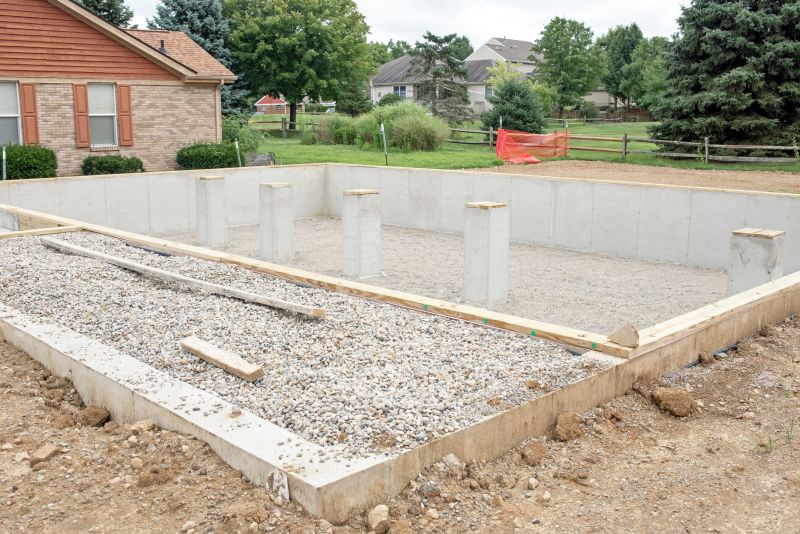
Winter may pose challenges due to freezing temperatures and frozen ground, but some repairs can still be performed.
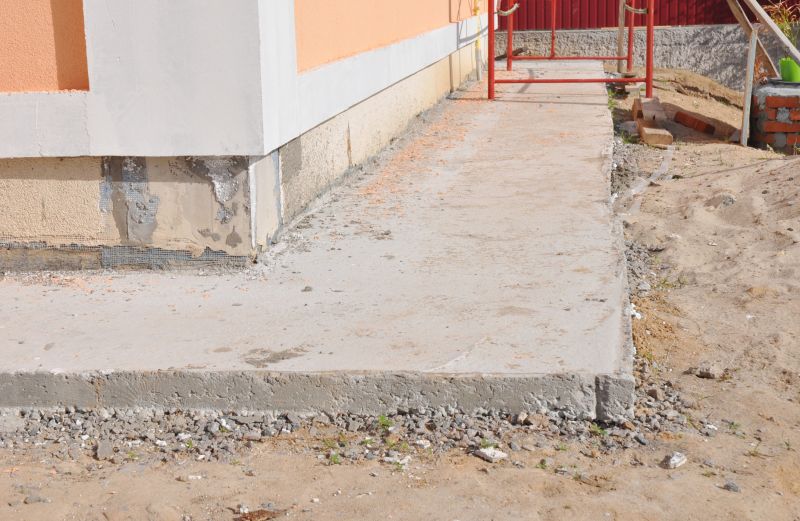
Spring and fall are generally considered the best seasons for foundation repairs due to favorable weather conditions.
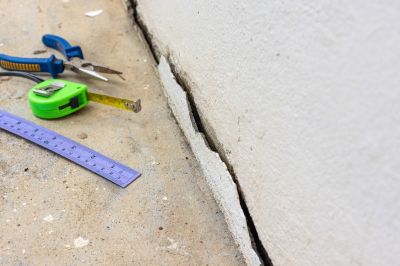
Avoid repairs during extreme weather events such as heavy rain, snow, or heatwaves to ensure safety and quality.
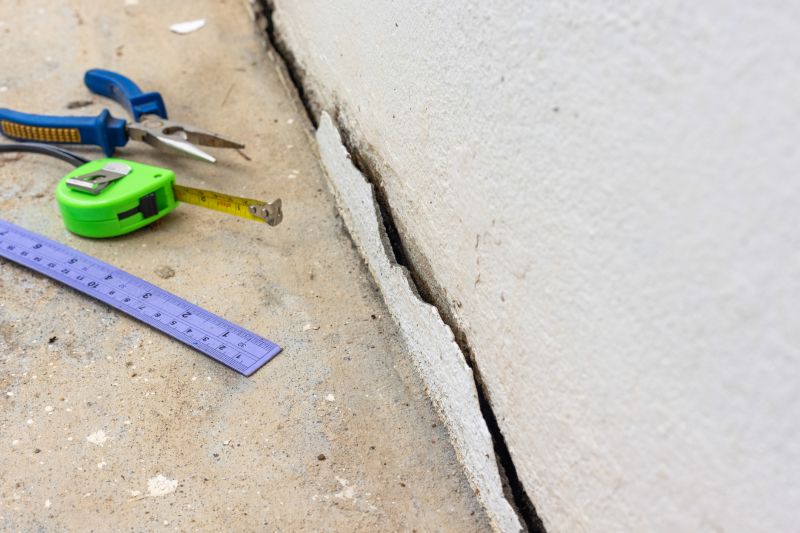
Ways to make Foundation Repairs work in tight or awkward layouts.
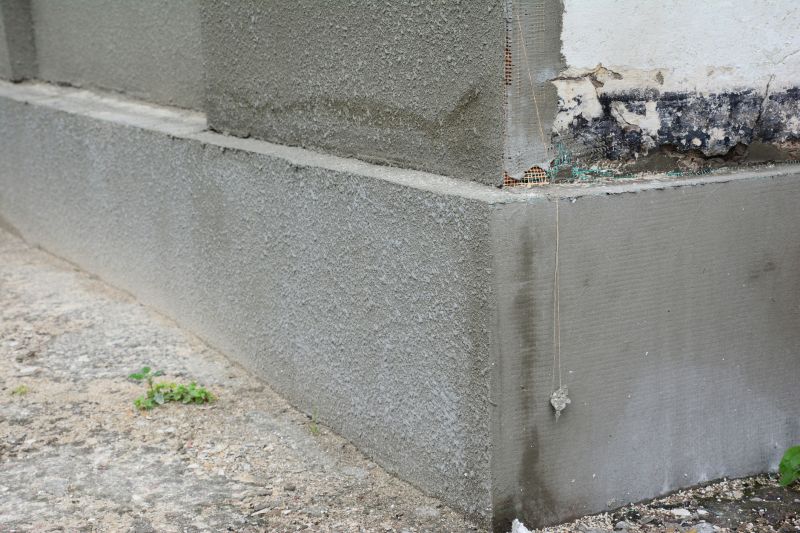
Popular materials for Foundation Repairs and why they hold up over time.
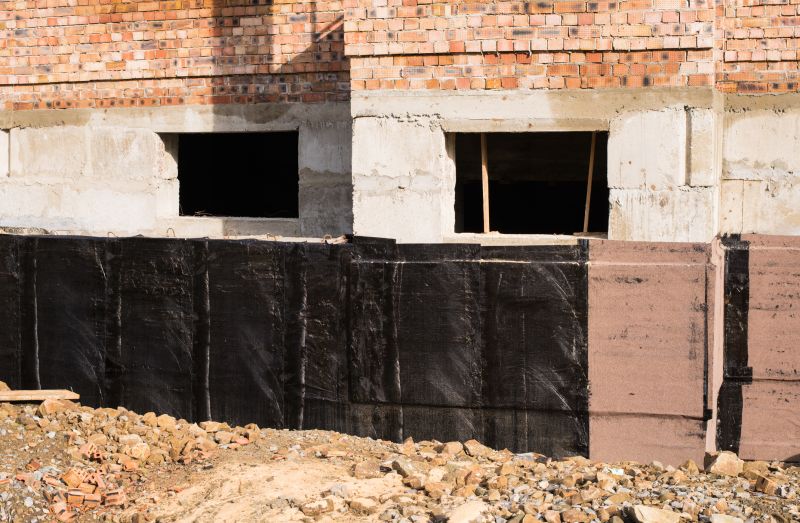
Simple add-ons that improve Foundation Repairs without blowing the budget.
Foundation repairs are essential for maintaining structural integrity and preventing further damage to a building. The timing of repairs can influence the effectiveness and longevity of the work. Proper planning around seasonal weather patterns ensures optimal conditions for repair projects.
Statistics indicate that approximately 25% of homes in the United States experience some form of foundation issues during their lifespan. These problems can be caused by soil movement, moisture fluctuations, or poor construction practices. Addressing foundation concerns promptly can prevent costly repairs and preserve property value.
Includes underpinning, piering, mudjacking, and wall stabilization.
Cracks in walls, uneven floors, and sticking doors are common indicators.
Repair costs depend on the extent of damage, type of repair, and property size.
Proper site assessment and moisture management improve repair outcomes.
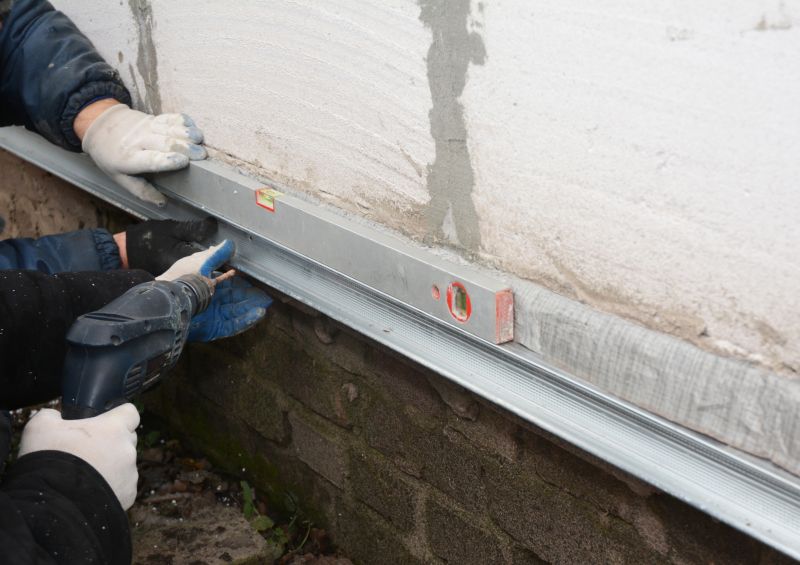
Specialized tools used for stabilizing and lifting foundations.
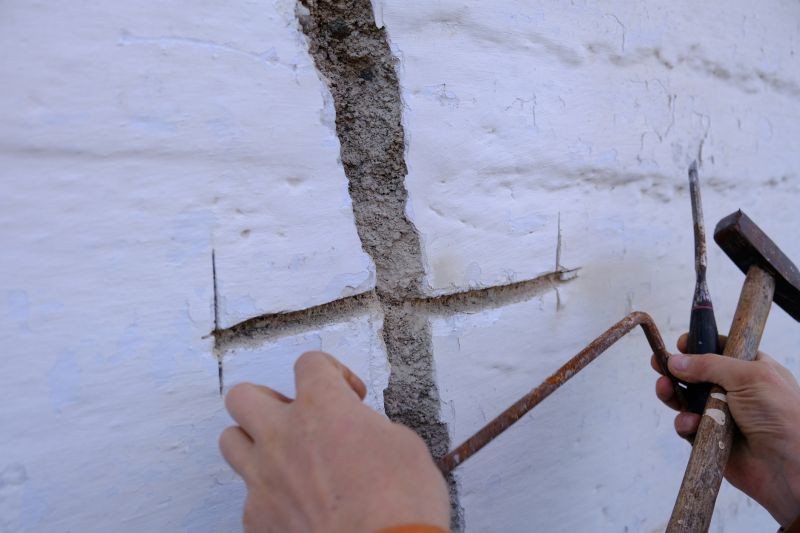
Techniques for sealing and reinforcing cracked walls.
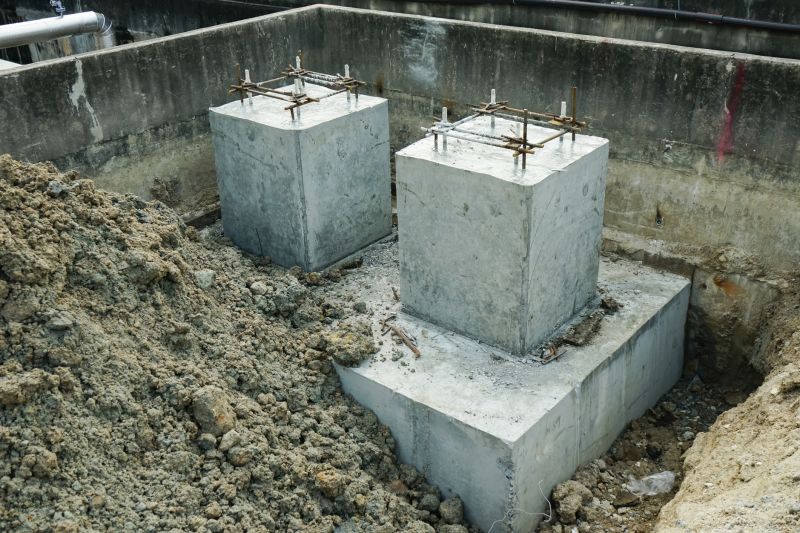
Installing piers to support and lift sinking foundations.
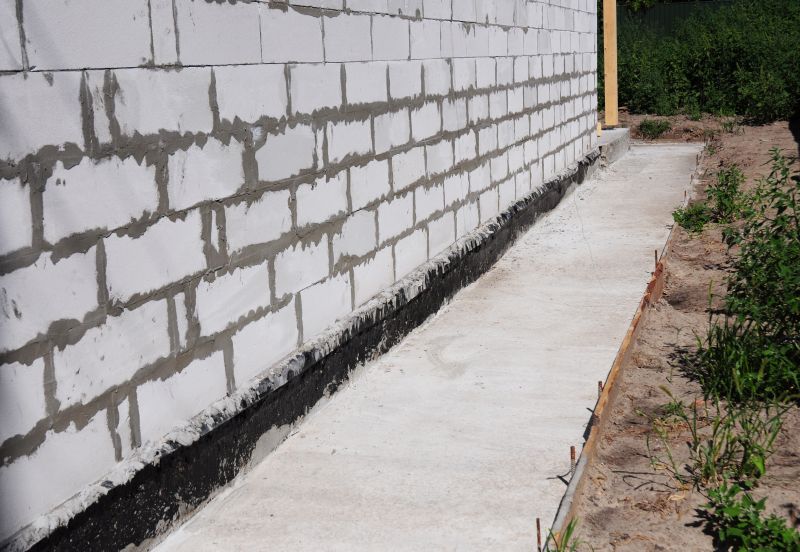
Methods to improve soil conditions around foundations.

Visual and structural assessments to determine repair needs.
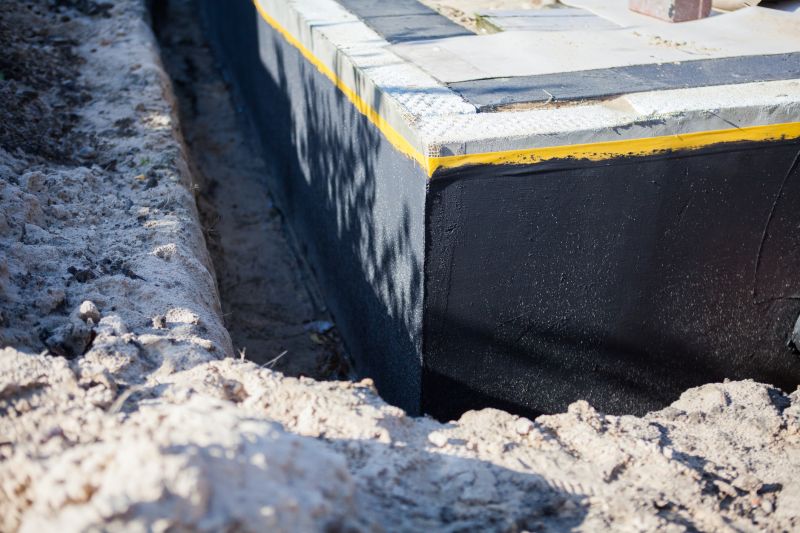
Protecting foundations from moisture intrusion.
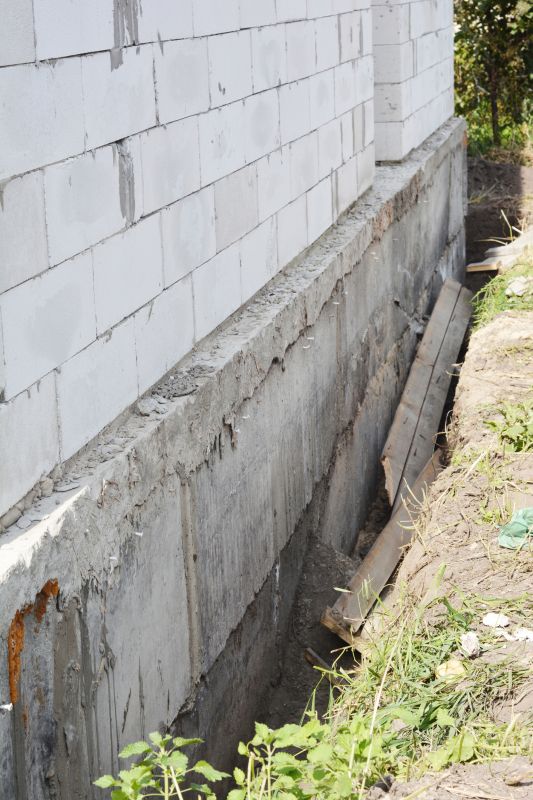
Ensuring stability after repairs through regular inspections.
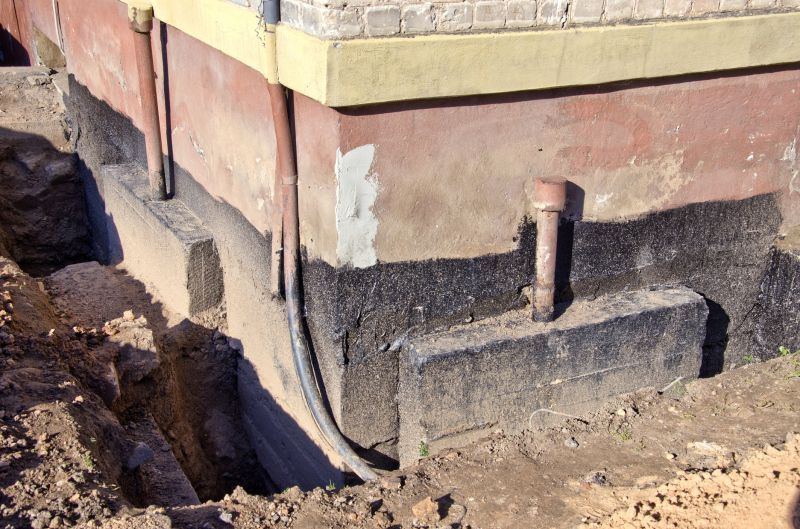
High-quality concrete, epoxy, and steel used in repairs.
| Season | Recommended for Repairs |
|---|---|
| Spring | Ideal due to moderate weather and ground conditions. |
| Summer | Suitable when dry, but avoid extreme heat. |
| Fall | Good for many repairs with cooler temperatures. |
| Winter | Possible for some repairs, but weather-dependent. |
| Overall | Spring and fall are most favorable for foundation work. |
Choosing the right time for foundation repairs involves considering local climate patterns and ground conditions. Proper timing can lead to more efficient repairs and better long-term results. Consulting with foundation specialists ensures that repairs are scheduled during optimal periods.
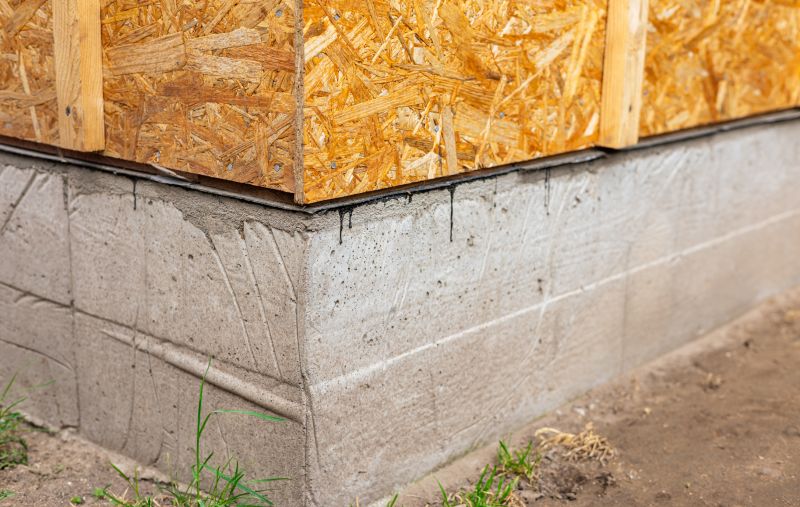
A typical foundation repair project in progress.

Applying underpinning techniques to stabilize the structure.

Assessing soil conditions before repairs.
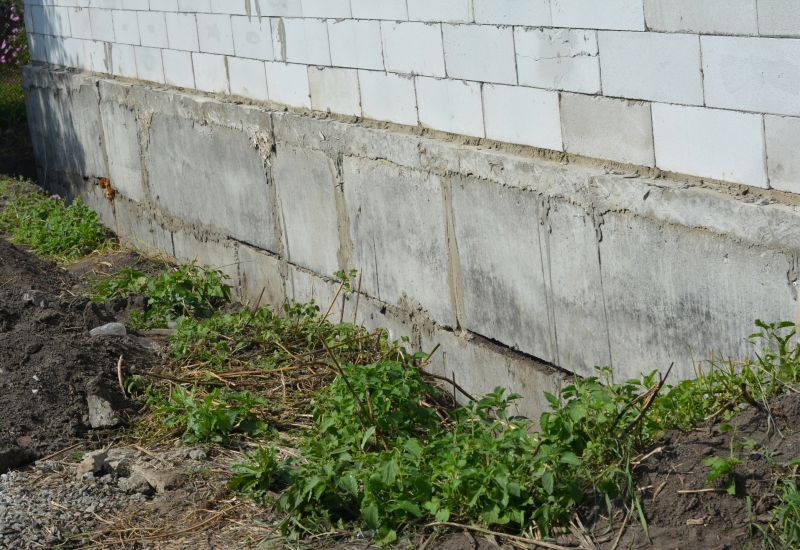
A foundation after successful stabilization work.
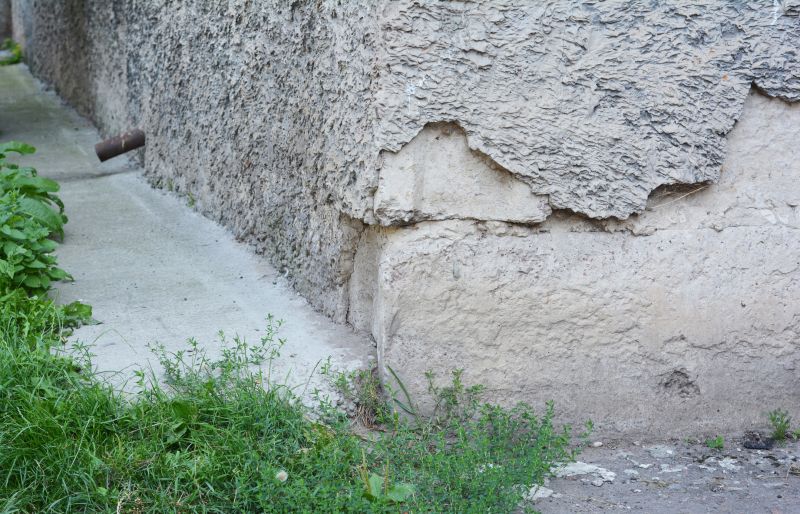
High-end options that actually feel worth it for Foundation Repairs.

Finishes and colors that play nicely with Foundation Repairs.
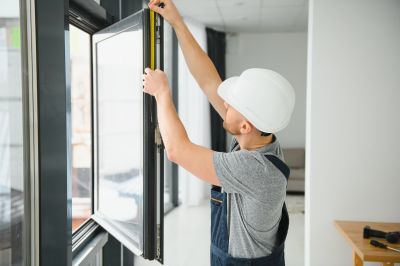
Little measurements that prevent headaches on Foundation Repairs day.
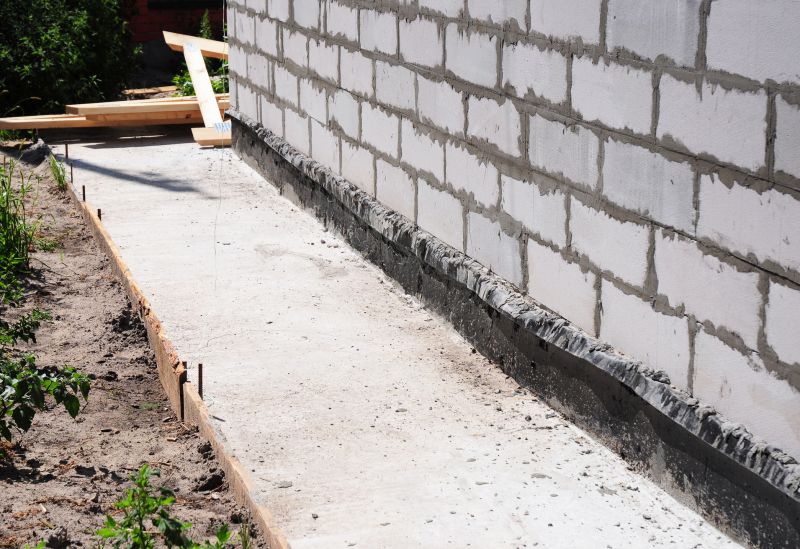
A 60-second routine that keeps Foundation Repairs looking new.
Interested property owners can contact for more information about foundation repair options and scheduling. Proper assessment and timely intervention can help maintain structural integrity and prevent future issues.

